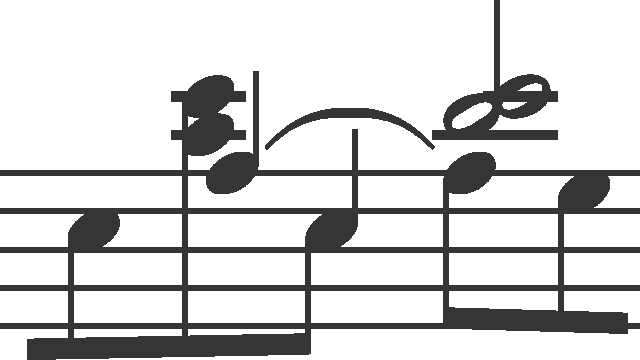



Rhythm
|
b. 15
|
composition: Op. 21, Concerto in F minor, Mvt II
..
The notation of A may raise certain doubts here: the line combining both a
Omission of the stem extending e category imprint: Differences between sources issues: Inaccuracies in GE |
|||||
|
b. 15
|
composition: Op. 21, Concerto in F minor, Mvt II
category imprint: Differences between sources issues: GE revisions |
|||||
|
b. 26
|
composition: Op. 21, Concerto in F minor, Mvt II
category imprint: Differences between sources |
|||||
|
b. 28
|
composition: Op. 21, Concerto in F minor, Mvt II
..
In EE the group of 27 demisemiquavers was written with small notes, most probably in order to save space. category imprint: Differences between sources issues: EE revisions |
|||||
|
b. 32
|
composition: Op. 21, Concerto in F minor, Mvt II
..
Same as in bar 13, the change of rhythm is probably a result of a mistake or revision, this time of the engraver of FE (→EE). Same as in that case, a possibility of Chopin's proofreading cannot be, however, entirely excluded. category imprint: Differences between sources issues: FE revisions , Inserted rest |


 in
in 
 . The notation of
. The notation of 




